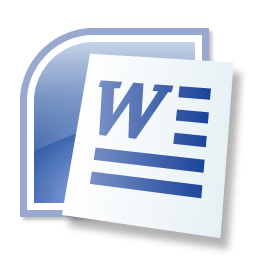

įor information on embedded components, see 9-Dynamic Applications. Note: To avoid confusion, ensure execution order is visibly obvious to reader.įor information on tables, see Overview of Tables. Set order of cell execution: Control the order in which math in the table is executed. Then, elsewhere in the document, you can easily refer to a table using a table cross-reference. Set visibility of borders: As an example, in the previous bullet item a table is used to create two columns with the borders set to None.Īdd table captions: Use to add a table numbering or titles. With this option, the table could be truncated when printing if it is too wide. Ensures line breaks occur in fixed locations, allowing you to control the breaks in long expressions. Preserves table appearance regardless of the size of the worksheet window or the zoom factor by using horizontal scroll when needed. This option is useful for ensuring that the entire content of the table always fits onto the screen or printed page. The width of the table is adjusted whenever the width of the worksheet changes. This dialog box allows you to adjust table properties. To format a table: Format > Table > Properties Īllows you to move between table cells using. To switch between navigation and indentation modes for the Tab key: Use Tab Navigation. To add or delete rows and columns: Use the Table menu found in the Format menu or through the context panel for the table. To change table size/column widths: Click and drag column boundaries. Organize your content effectively, increasing readability and reducing wasted spaceĬontrol the layout of embedded components Tables can contain text, math, plots, graphics, and embedded components. To delete a section: Place the cursor in the title and press or Edit > Delete Element Outdent the selection to the next section level, if possible. To organize existing content: Use the Indent and Outdent toolbar icons to shift selected text into a new subsection or out of a subsection level.Įnclose the selection in a section or subsection To expand or collapse one section: Click on the arrow beside the section name. To expand or collapse sections: View > Sections > Expand All Sections / Collapse All Sections To insert a section (or subsection): Insert > Section.
Word processing logo code#
Hide distracting code or detailed information The fundamental organization of a Maple document is controlled by using sections and tables. For your reference, here is a list of some of the more common ones.įont control and ability to define new stylesĪbility to insert images and other objectsĪ spell-checker aware of mathematical terms Maple contains numerous word processing tools to help you create professional-looking reports. If you are using a different platform, see Shortcut Keys.
There will be differences for other platforms. Note for non-Windows users : The keystrokes given in this document are for Windows. Refer to Help > Quick Reference for basic getting started tips. The results of the steps are displayed in the right column for reference. Perform the steps described in the left column of each table below. To try this material on your own, start with an empty Maple document. In Part 8: Word Processing Tools, you will learn about some of Maple's technical document creation features.
Word processing logo series#
Maple's Tutorials are designed to help you get started with Maple, learn about the key tools available in Maple, and lead you through a series of problems. Go to Maple Portal Previous Tutorial Next Tutorial


 0 kommentar(er)
0 kommentar(er)
